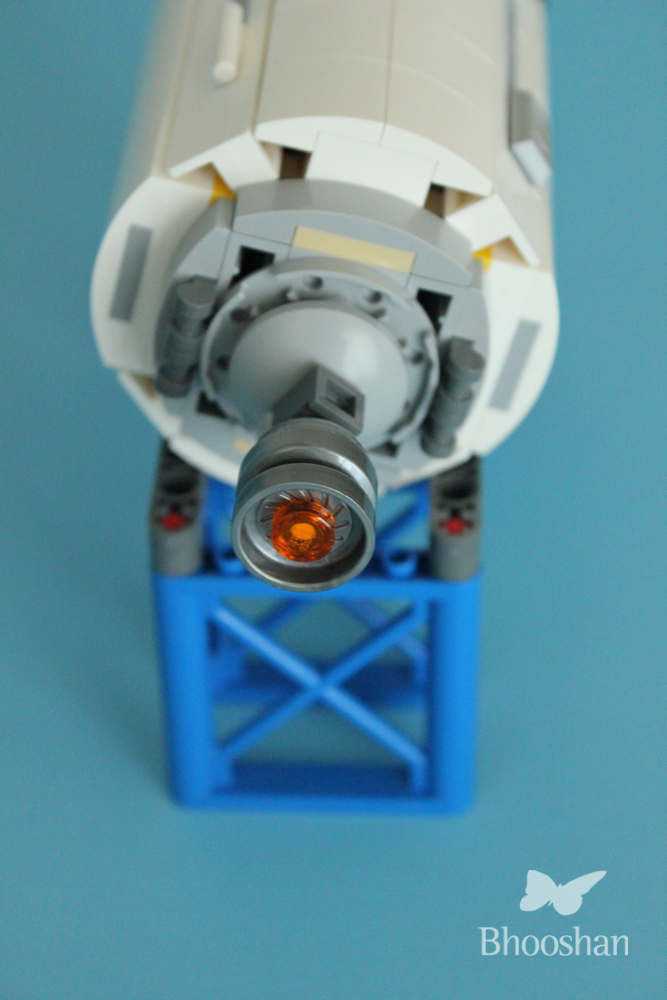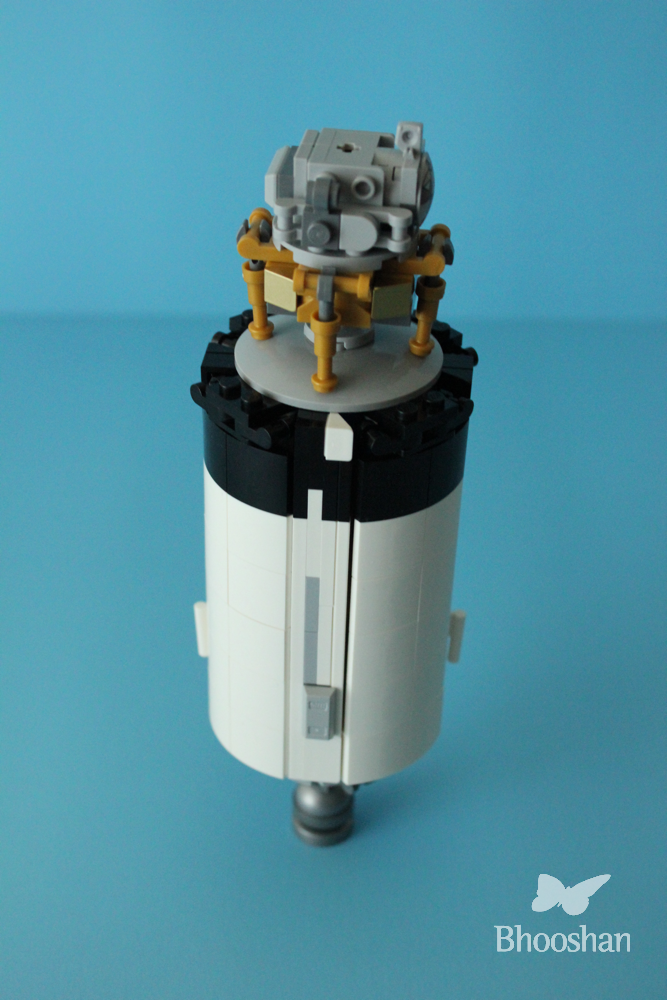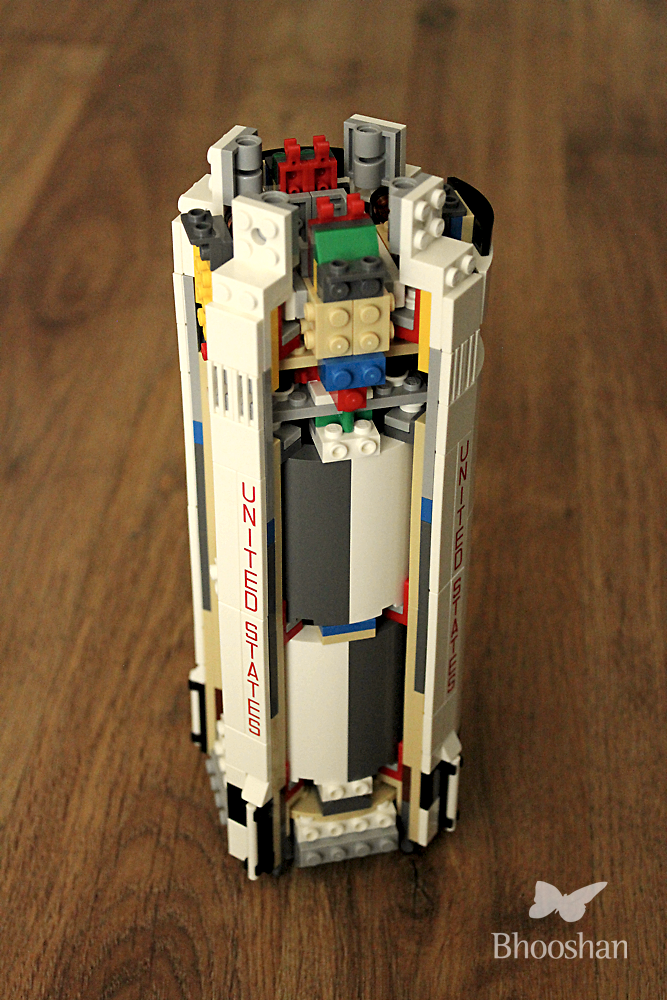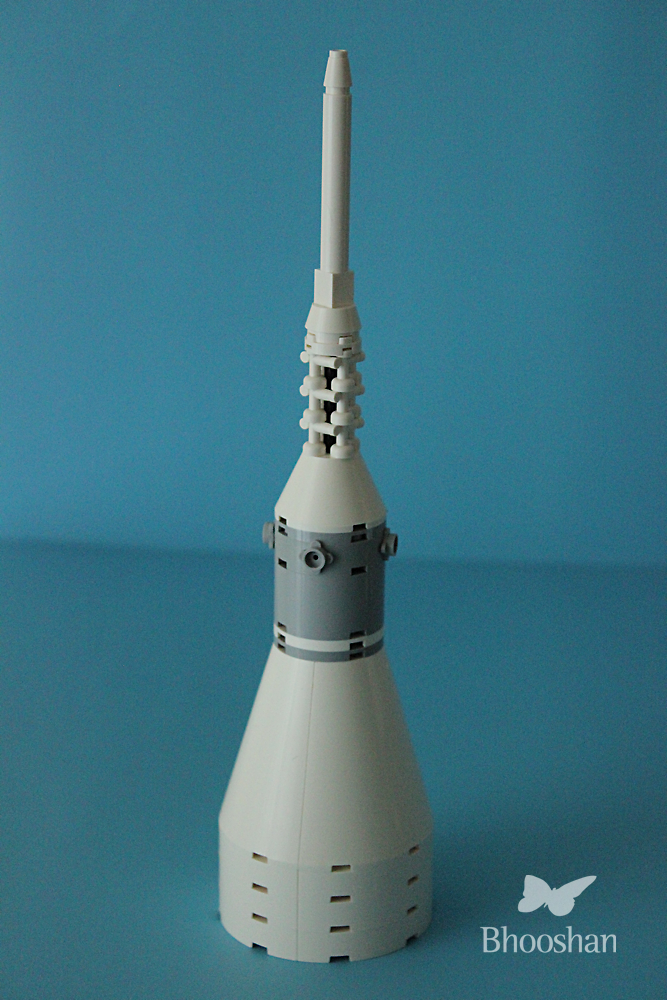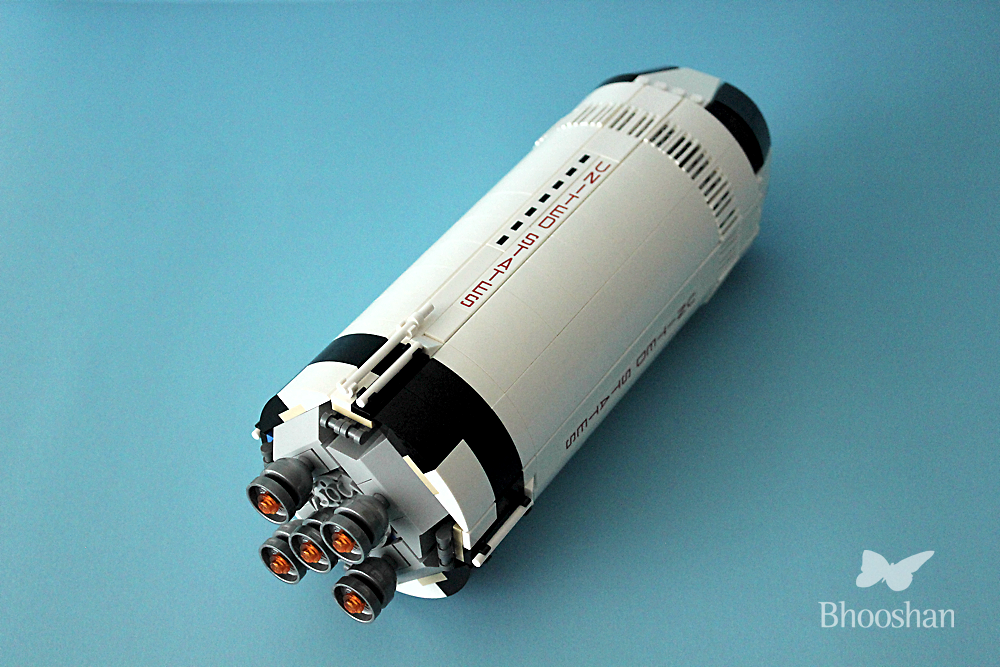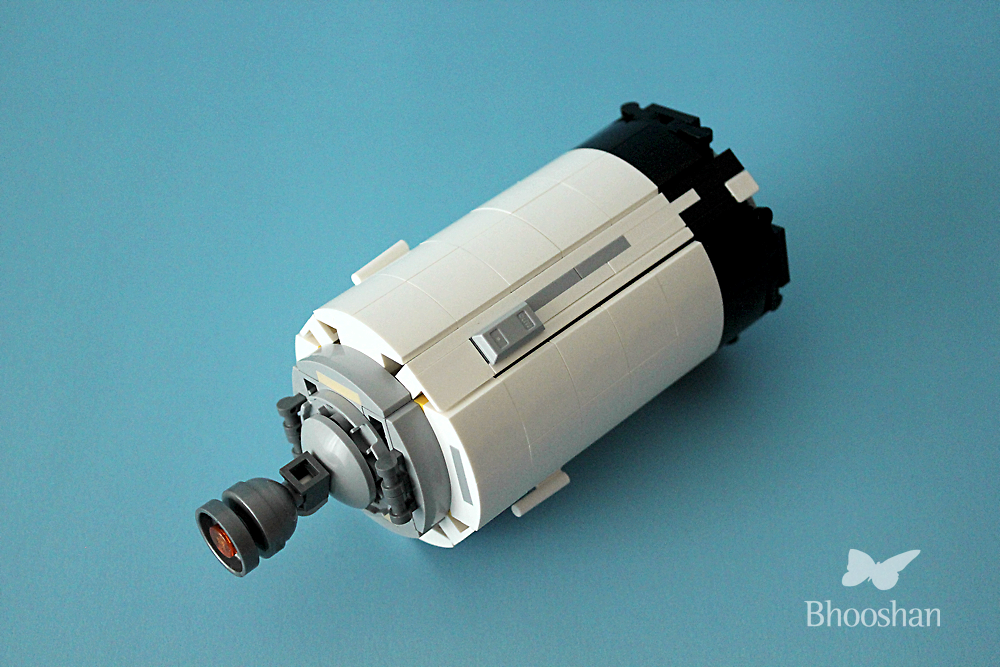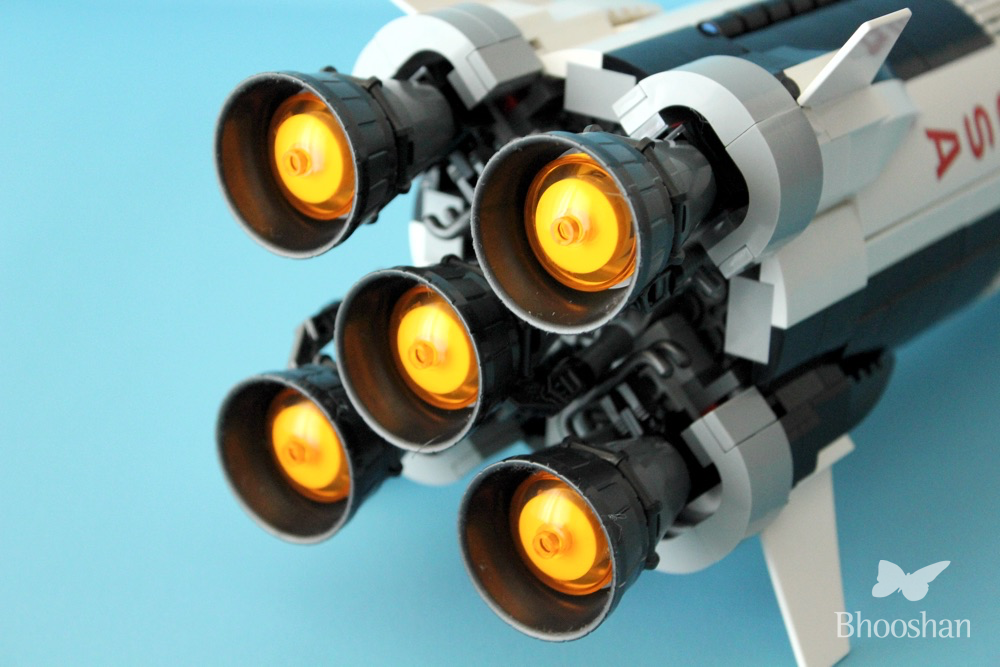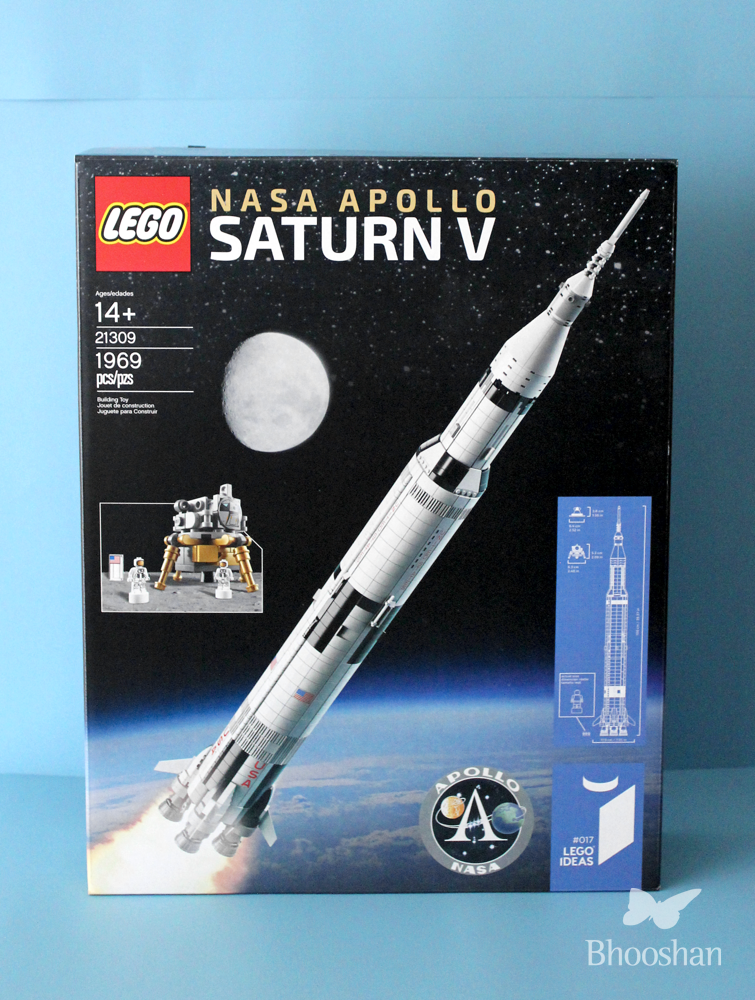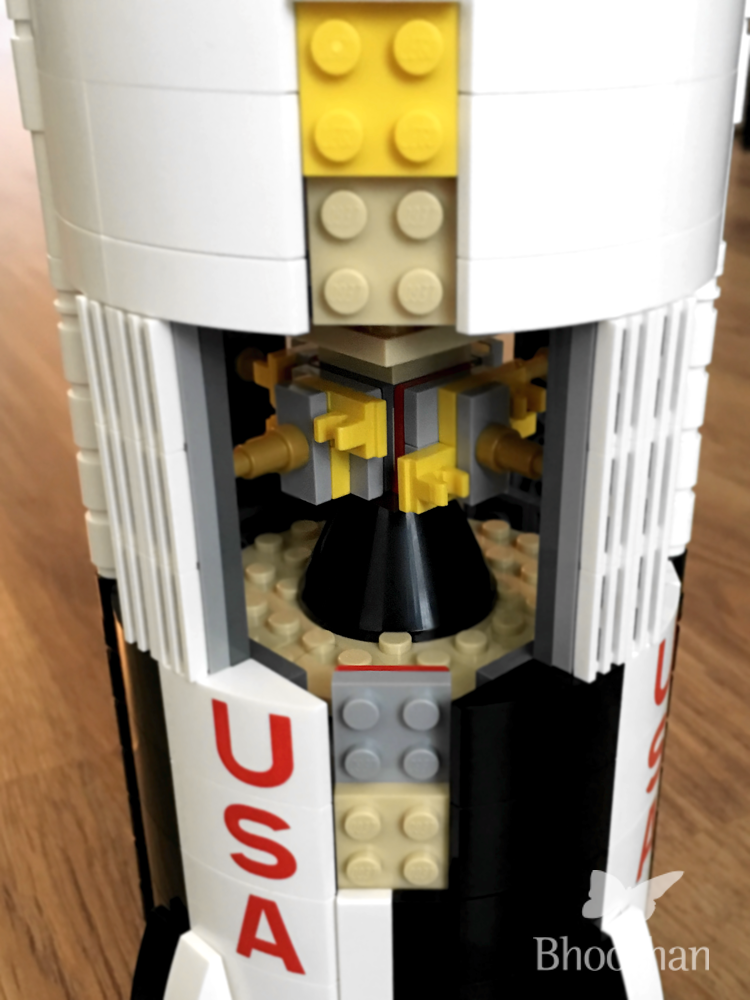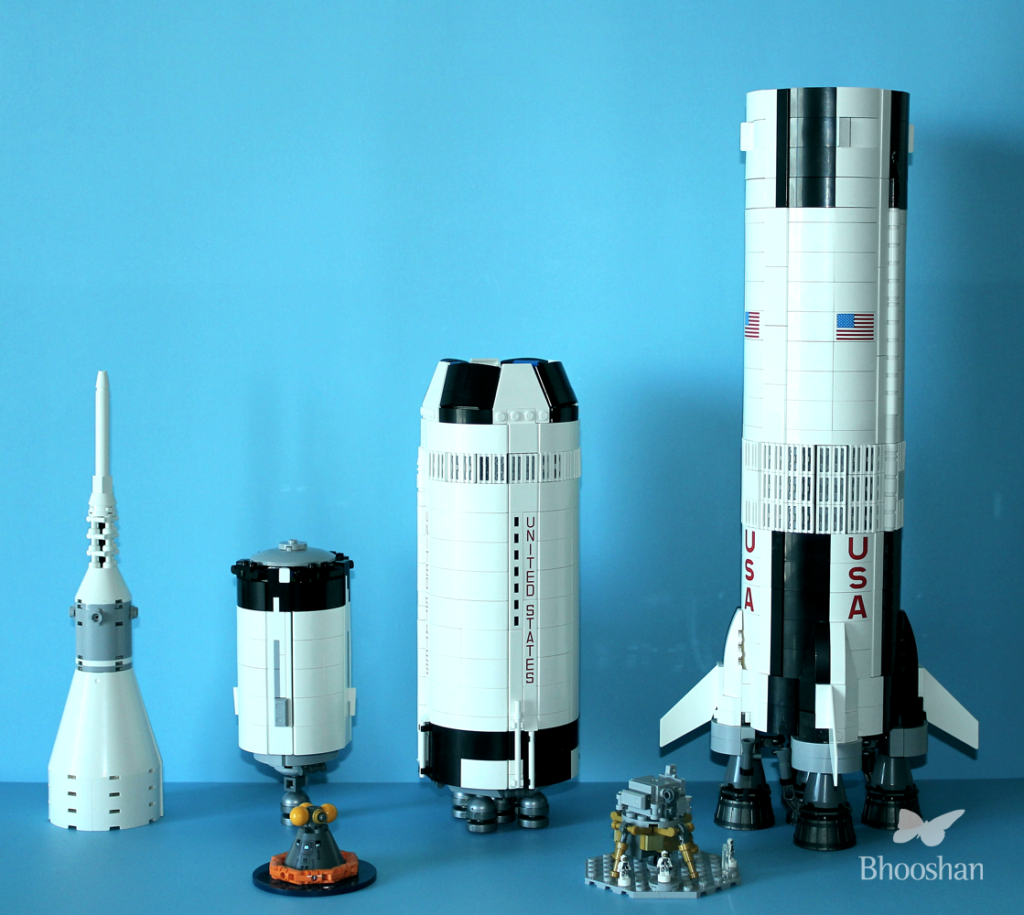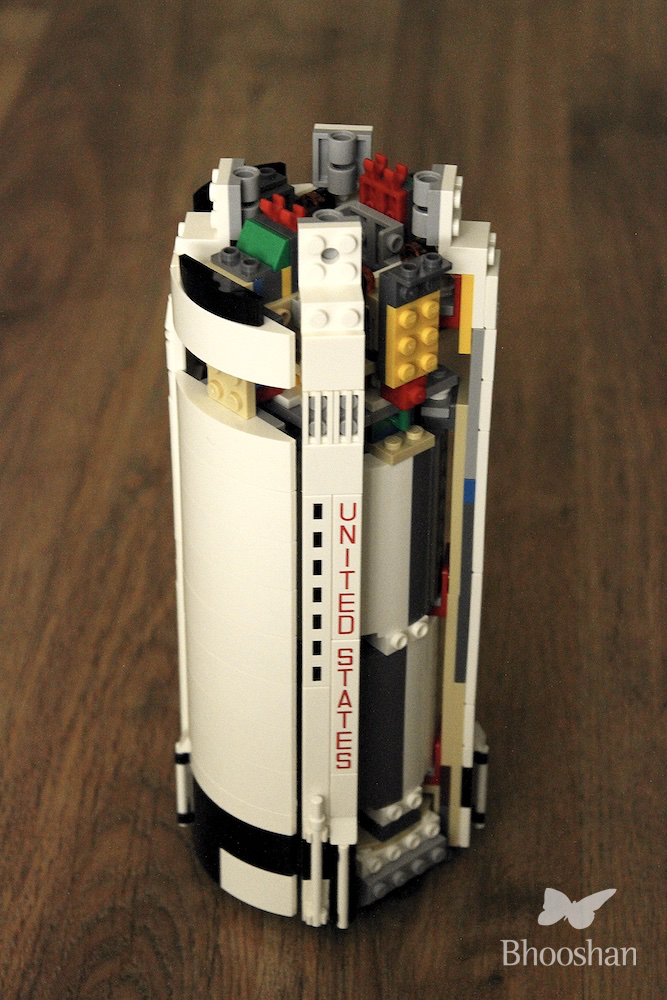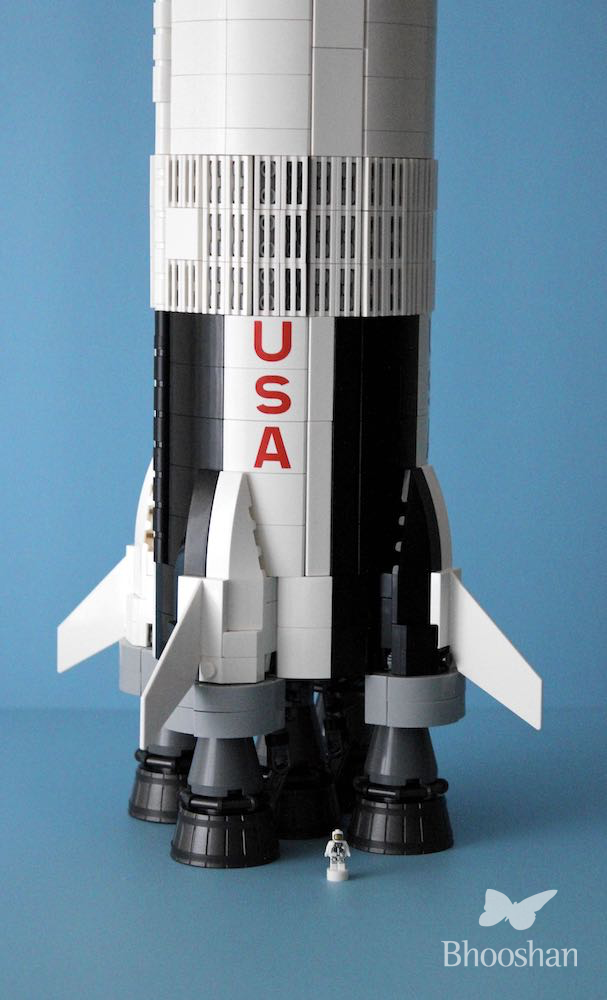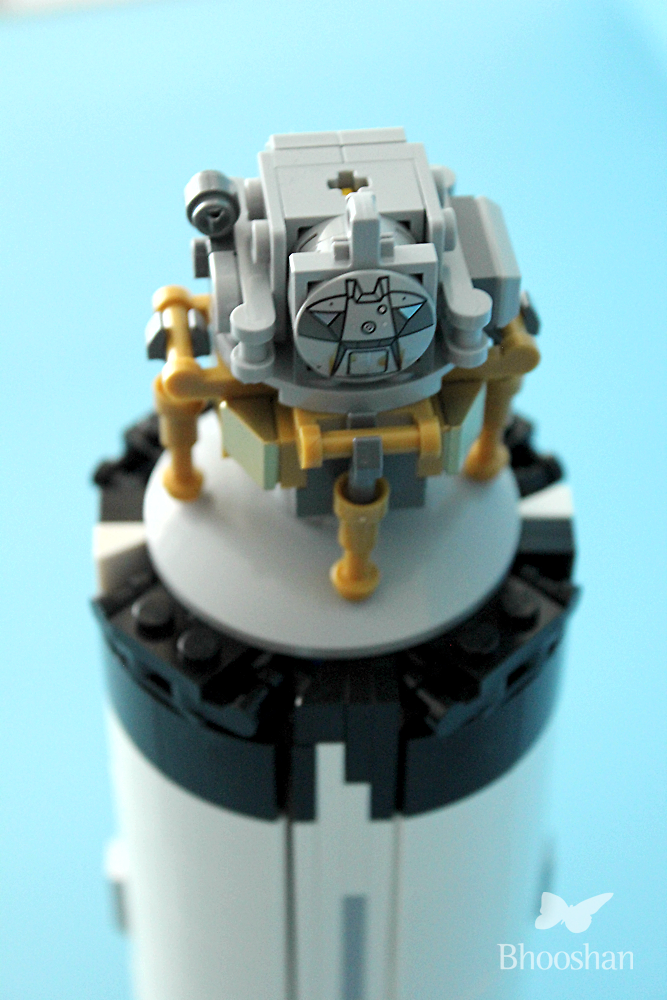It so happens that every time I pick a LEGO model I cannot help but feel anxious to see how the outcome might turn out. Although, to be honest, halfway through, the process starts feeling mundane when the activity doesn’t exactly line up with my expectations of achieving the target. This one philosophy of building a LEGO — that of navigating through untenable ambiguity, always provides me with the ultimate dopamine to take up & finish LEGO creations with patience. I call it ‘Brickosophy’. By no means would I consider building a LEGO an easy task of sticking the bricks together. It might seem like a simple job of following the guide book and following the detailed illustrations, but it’s not that straightforward too. It requires perseverance and bucket loads of patience.
You may have heard about the LEGO Ideas NASA Apollo Saturn V assembly and I will spare the details just to keep this concise, but I have to say, it was a fantastic experience assembling this marvellous engineering effort that transported humanity to the Moon and back to earth safely. So at one point while assembling this LEGO set and while I was completing the first stage itself the plans went awry because I fixed a single pivoting brick in the wrong hole. It sent me into a tizzy and after struggling to get it right I had to suspend my work for the day. I had to backtrack by disassembling the pieces. Such was this wonderful experience!
LEGO has put a great degree of emphasis in getting the details on the engineering elements in sync with the original Saturn design. I would like to think that the LEGO 21309 NASA Apollo Saturn V is nothing less than a commemorative token celebrating the Apollo Missions and a must-have for any space enthusiast. There was so much nostalgia & pride in assembling this rocket, it’s only then that you recognize the Saturn V as a symbol of human engineering endeavour, apart from also being a reminder of the July 20, 1969 landing of the Apollo 11 on the Moon. No surprises though, but 2019 is also the 50th anniversary of the moon landing! So, in honouring the Saturn V’s contribution in Apollo missions through the moon landing, this LEGO set contains exactly 1969 pieces, which also makes it my biggest Lego assembly since the 578-brick Fire Plane that I build back in 2016. Take a look at the gorgeous images of the rocket I built, you’ll be amazed at how much LEGO has explored the details!
At first, I frankly thought LEGO missed out on the ‘Command and Service Module’, the booklet carried the picture of this assembly but not the instruction manual. I later realized it could be built only by separating the third stage assembly and taking it apart right underneath the Escape System.
To say the least, this LEGO design is a memorable creation of a legendary rocket system and there are a number of notable things that come bundled with LEGO’s Saturn V. Firstly, it comes with a booklet of neatly designed multilingual content on the building instructions consisting of B/W images of the original rocket’s assembly segmented with the LEGO assembly, and an overview of the Apollo Mission. If you explore the images I posted closely, none of the LEGO pieces consisting of the country name or the USA flag is stickers! They’re all good quality prints. Overall, I believe, this assembly of LEGO is solid and highly detailed, and it’s definitely worth building and preserving for posterity.
Since we are already discussing so much about the virtues of the Saturn V rocket, I decided to put together some trivia that I found during my research on Wikipedia:
- The Saturn family of American rocket boosters was developed by a team of mostly German rocket scientists led by Wernher von Braun to launch heavy payloads to Earth orbit and beyond. Originally proposed as a military satellite launcher, they were adopted as the launch vehicles for the Apollo moon program.
- Saturn V carried all Apollo lunar missions. An average mission used the rocket for a total of just 20 minutes.
- The largest production model of the Saturn family of rockets, the Saturn V was designed under the direction of Wernher von Braun and Arthur Rudolph at the Marshall Space Flight Center in Huntsville, Alabama, with Boeing (S-IC), North American Aviation (S-II), Douglas Aircraft Company (S-IVB), and IBM (Instrument Unit) as the lead contractors.
- As of 2019, the Saturn V remains the tallest, heaviest, and most powerful rocket ever brought to operational status, and holds the record for the heaviest payload launched and largest payload capacity to low Earth orbit (LEO) of 140,000 kg (310,000 lb), which included the third stage and unburned propellant needed to send the Apollo Command/Service Module and Lunar Module to the Moon.
- To date, the Saturn V remains the only launch vehicle to carry humans beyond low Earth orbit.
- At a height of 363 feet (111 m), the Saturn V was 58 feet (18 m) taller than the Statue of Liberty from the ground to the torch, and 48 feet (15 m) taller than the Big Ben clock tower.
- It used the powerful new F-1 and J-2 rocket engines for propulsion. When tested at Stennis Space Center, these engines shattered the windows of nearby houses.
You can understand, why this was my most riveting experience of building a classic and a highly regarded rocket systems in the world, and needless to say, I am looking forward to assembling some more challenging LEGO bricks in the future. Stay tuned for updates!
Featured Image Source: General Saturn V Diagrams – http://heroicrelics.org/info/saturn-v/saturn-v-general.html

